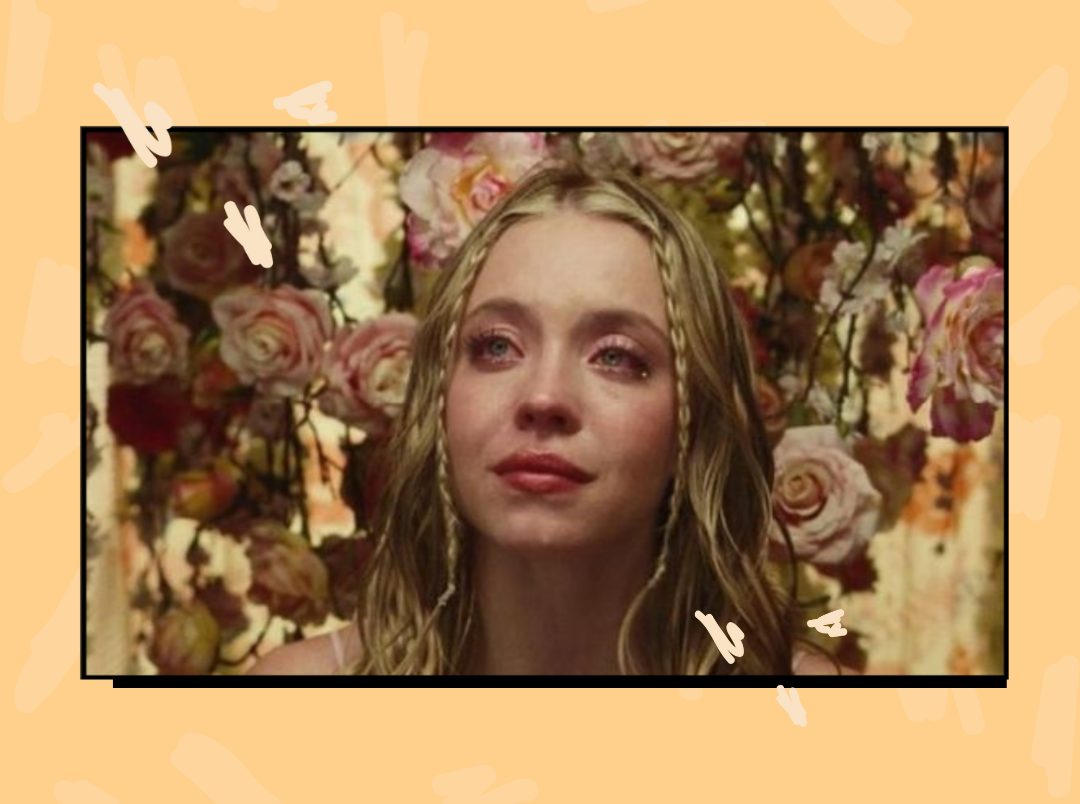Instagram has added to its ever-flourishing cartage of trends something new — a now widely-denounced trend that in recent weeks sent influencers world-over to work. The sad-girl aesthetic has catapulted into the crying-girl aesthetic, and it has turned our tears and trauma into a well-packaged commodity (note that our bodies are also afflicted with the same phenomenon).
The flush-heavy, teary-eyed trend involves prodding the face with faux under-eye puffiness, hyper-swollen lips, and a crimson-tipped nose — general hallmarks of a full-blown breakdown. Bizarre. Cheeks are endowed with glistening, glass-like streaks of tears for effect, and the Cupid’s Bow is struck with a highlighter. It announces loudly and clearly — ‘women, sit still and look pretty during and after crying.’ Because that’s what I — we — do best. I have a lot of thoughts about this ‘beauty’ trend, and they’re certainly not pretty.
Apparently, The Only Reason We Cry Is To Look Glamorous
Zoe Kim (pioneer of the trend) posted a how-to reel that burgeoned and bloomed on the ‘gram — following which many influencers reproduced the concept on their feeds with sad-girl soundtracks like ‘Reckless’ by Madison Beer embellishing their tutorials. It’s been a couple of weeks since Instagram spotlighted the trend, and I’m coming across more iterations now than ever before. Is this what everyone thinks women look like after crying? I know I don’t look like it at all.
Kim’s comments, however, have amassed some of the most polarising, conflicting P.O.Vs till date. While some glossed over how pretty they look following a full-blown breakdown, others criticised the influencer for commodifying female frailty.
I surveyed my friends’ reactions to the trend — wondering whether I was overreacting to something harmless and fun — but their responses further assured me that I’m not the only that finds the crying-girl genre grossly uninformed and demeaning. My mother chuckled at the video sarcastically too. Yeah. My dad said, “Isn’t this more of a ‘make-down’? Makeup is supposed to uplift you — and make you feel good about yourself.” We laughed it off as a joke at first. But it’s pretty spot-on.
The sad-girl aesthetic has been around for a while, and Lana Del Rey’s music maintains a monopoly on Pinterest even now. Sylvia Plath and Virginia Woolf are her equivalents in literature, and Euphoria is one series that plays into the narrative even more. The verdict is that the concept of aestheticising a woman’s emotions is years-old. That was never up for debate; but sadness, depression, and anxiety are now being scripted, staged, and recreated by many in the name of aesthetics — and certainly not with the idea of generating conversation around the subject. The appeal of aesthetics has successfully taken precedence over the importance of not glamorising or downplaying trauma. Normalising was the way to go. I thought so.
While Instagram abounds with posts of celebrities confessing to a past/ongoing trauma or struggle, said A-listers’ declarations are often accompanied by visuals of them dealing with the same. A teary-eyed carousel in most cases drives home the confession. Even though the goal of the post is to destigmatise conversation around one’s mental well-being, it is often catapulted into a trend that many profit from.
Though this trend is in the same vein as ‘leaning against the window of a car, plugging your earphones in, and pretending you’re in a sad MV’, it very publicly downplays the realities of struggling with anxiety, depression, and other mental health-related disorders by recreating the moment carefully. Not only does it romanticise the idea of sadness, it holds you to yet another standard — looking pretty following a moment of vulnerability. It trivialises your struggles, and it conditions you to think about the aesthetics of a post-cry session.
PSA: Your sadness is being packaged and sold to consumers to elicit views and likes — and very deliberately so. Because as per this trend, sadness is desirable, and your end goal is to look pretty. Never mind that you’re crippled by anxiety.
I noticed one user make allusions to the trend being an attention-seeking excuse for ‘women’. Women. Plural. That’s what I feared. Generalisation. The crying-girl aesthetic makes viewers feel like those truly dealing with trauma are just exaggerating their struggles for effect. Because if it’s a trend now, it was never meant to be taken seriously anyway.
Another reason why this trend continues to gain detractors is the fact that it’s so public and accessible. You’re telling someone how to recreate a low-energy moment elaborately. Imagine sitting in front of your mirror attempting to make yourself look sad because someone on the Internet did it? It’s also extremely invasive. A moment that’s supposed to be private is now being directed and fetishised. This feels like a step back in an era characterised by large-scale efforts to eliminate any stigma associated with mental health. Though many might shrug this off as another trend, I think my scepticism is justified.
While our bodies continue being subjected to some of the most unrealistic standards, it’s sad that our tears haven’t been able to evade these expectations either. I’m not sorry for not looking this glamorous after a meltdown. Influencers, you’ve got it wrong this time, and I’m not giving you the benefit of the doubt.
Featured Image: Instagram



